Curious Questions: How did the tea bag take over from loose leaf tea?
Fifty years ago, only three per cent of Brits used tea bags. Today, only three per cent of us don't. Martin Fone takes a look at how tea bags took over the world.
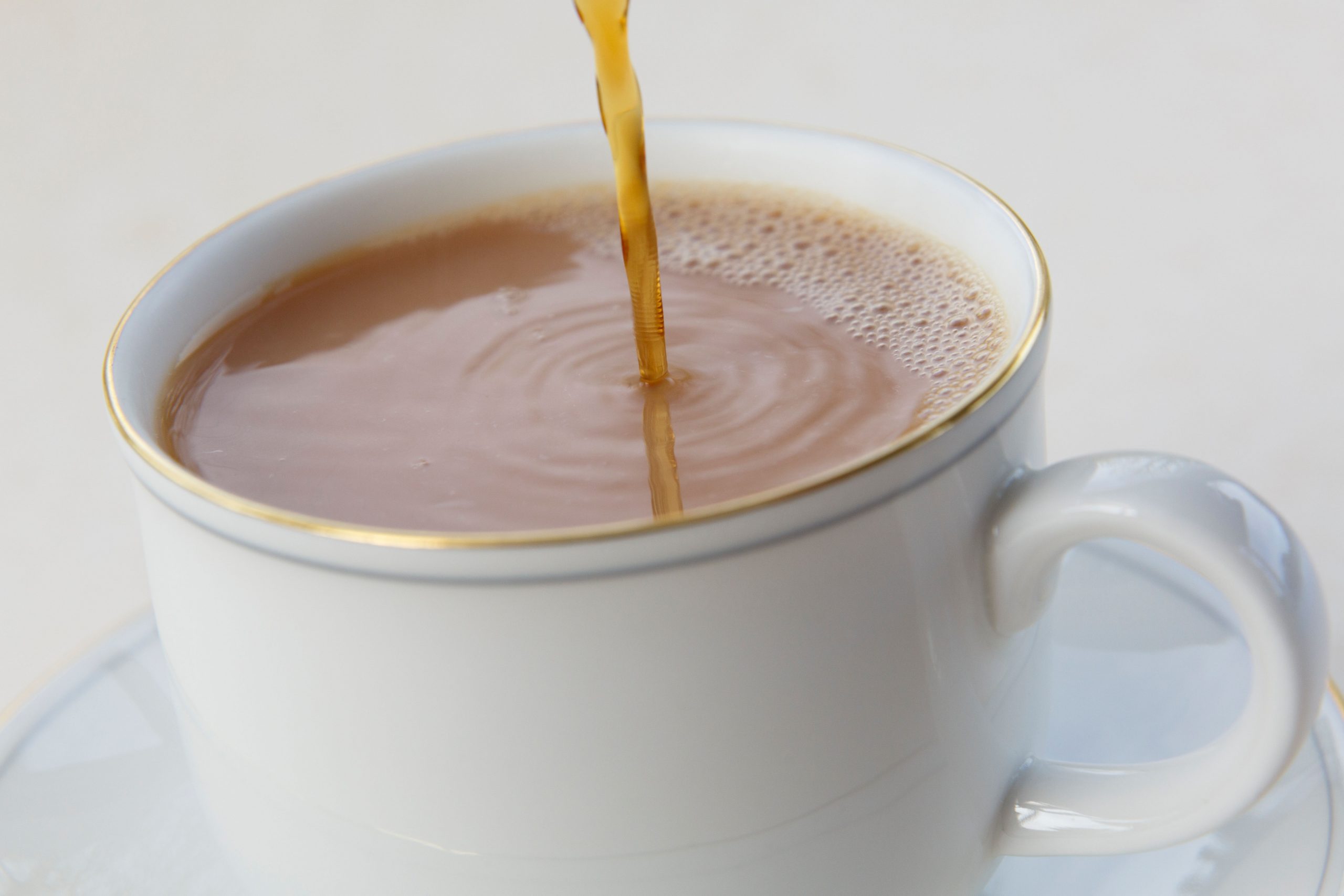

Characterised as a nation of tea drinkers, three quarters of Britons drink a daily cuppa, a staggering 165 million cups a day. 33% of us, according to a recent survey, enjoy four or five cups a day while 17% consume six or more. By comparison, we drink on average 95 million cups of coffee a day.
Curiously, though, the picture is reversed when we consider drinks consumed away from the home, Britons drinking almost two and a half times more coffee (2.098 billion cups) than tea (874 million) in 2015.
Tea is such a personal drink that it needs to be prepared precisely the way we want it, something that can only be achieved by making it ourselves in our own home. A decent cuppa is the consequence of a matrix of complex decisions, a combination of the quality and quantity of the basic ingredients, the temperature of the water and, if you must, how much milk to add and whether it should go in before or after the tea. The result of these choices can range from something as weak as dishwater to a drink in which a teaspoon can stand upright unaided.
To the chagrin of clairvoyants and tea enthusiasts, 97% of us, according to research, now opt for the convenience of a tea bag. Loose-leaf tea is usually made up of whole, unbroken leaves, which when steeped in a teapot, absorb water and expand, allowing it to extract the vitamins, minerals, flavours, and aromas from the leaves.
At the cheaper end of the market, you may find that your tea bags are filled with smaller pieces of broken, lower grade leaves known as fannings or dust. The rupturing of the leaves means that those essential oils which make tea so moreish may well have evaporated long before they reach your teacup. High-end, quality tea bags generally use whole leaves too and are designed to maximise the area of the leaf that contacts the water.
Where tea bags undoubtedly score over loose-leaf tea is in convenience — the process takes less time and it is easy to make a single cup — and in disposal. The tea bag can be retrieved and thrown away, a much easier process than disposing of the soggy mess left at the bottom of the pot. As with most things, there are swings and roundabouts.
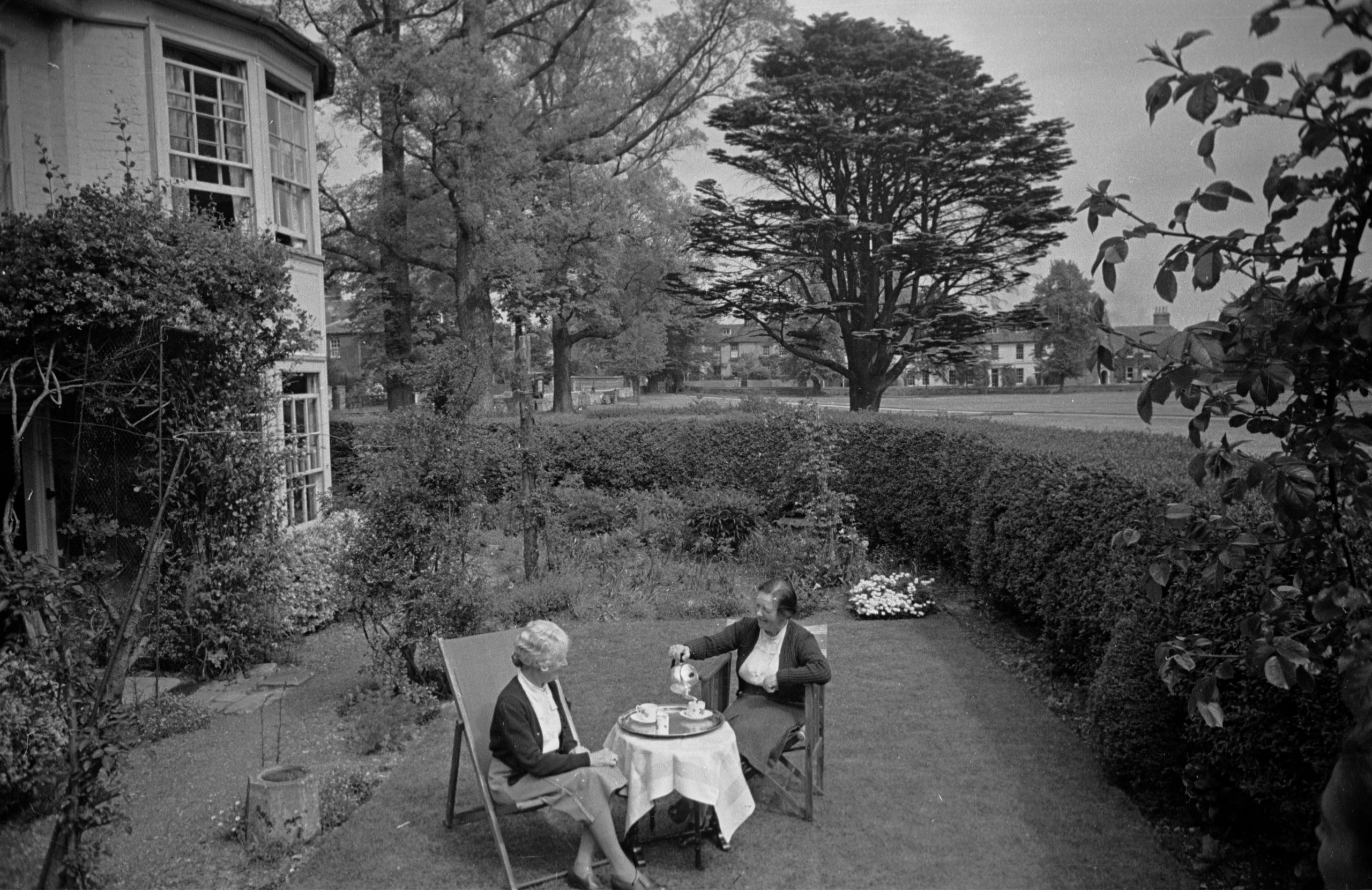
During the 19th century the temperance movement held public tea parties to attract and retain members. So large were the attendances that the organisers had to grapple with how to serve them all with hot tea at the same time. In Birmingham, the Preston Temperance Advocate reported in July 1836, they used what we would now recognise as a tea urn: ‘large tins, about a yard square and a foot deep’ which allowed boiling water to be poured in via the top and had a tap at one corner at the base where the tea was drawn off into teapots or jugs. The tea leaves were placed in the tins ‘tied loosely in bags, about ¼ lb in each’, one of the earliest references to a prototypical tea bag. It seemed to work, the correspondent noting that ‘capital tea was made at the last festival by this plan’.
Exquisite houses, the beauty of Nature, and how to get the most from your life, straight to your inbox.
Over in America Thomas Fitzgerald of Boston received a patent in 1880 for what was essentially a tea bag-cum-cafetiere, a porous bag made of muslin or cloth attached to a float which had a long handle. By removing the float, tea could be placed in the bag and, by pressing the handle down, the essence of the leaves infused with the water. Edward Gillingham from Chelsea in Massachusetts patented a ‘tea strainer’ in 1893, consisting of a bag of strainer cloth, into which the leaves were poured, and a U-shaped wire which acted both as a plunger and a handle. The resourceful Gillingham claimed it was, ‘compact, containing enough coffee or tea to make one or more cups, and can be carried in the pocket or sent by mail if desired.’
In 1901 Roberta Lawson and Mary Molaren from Milwuakee came up with their ‘tea leaf holder’, the purpose of which was to facilitate the brewing of a single cup of fresh tea without the leaves floating on the surface. ‘Our novel tea-holding pocket’ their patent application stated, ‘is constructed of open-mesh woven fabric, inexpensively made of cotton thread’ and held the leaves tightly enough to keep them in one place but loosely enough to allow their essential oils to flavour the water.

American tea and coffee importer Thomas Sullivan is widely credited with the invention of tea bags, albeit accidentally, when, in 1908, he sent out samples of his wares in little silk pouches. His clients were happy to put the bags directly in the water rather than remove the contents. Clearly, though, the concept of putting leaves into a porous container was already established and his clients may have assumed that Sullivan’s samples were just an extension of the practice.
Tea bags, in the form of round, cotton-gauze bags filled with tea and a little sugar, were mass produced for German soldiers in the First World War by Teekanne GmbH. Known as Teebombes, they made the water turn brown but there was little discernible taste. Muslin gave way to paper-based bags after Faye Osborne had patented a process for automating the production of porous, long fibre paper, using fibres from the abaca plant, in 1934.
Although the Second World War disrupted American supplies of abaca from the Philippines, the return of peace enabled Adolf Rambold, a former employee of Teekanne now residing in the States, to design, in 1948, a revolutionary new tea bag from Osborne’s paper. Consisting of two chambers and four sides, formed from a single sheet of paper that did not use glue or heat sealants, the double chamber tea bag, for which he received a patent in 1952, let water circulate more efficiently around the leaves, enhancing the taste of the cuppa.
Deploying Rambold’s design, the Thomas J Lipton Company launched their FLO THRU tea bag in 1954. The tea bag’s design and the number of tealeaves they use, around thirty, have remained largely unaltered since. Although the Americans were early adopters of tea bags, Britons were more reluctant to forsake loose-leaf tea. Even as late as 1968 only 3% of British cuppas were brewed using tea bags. Our resistance was futile and by the end of the century they had gained the ascendancy.
As for the vexed question of whether the milk should be poured first? Originally, milk was put into the cup before hot tea simply because European earthenware was not strong enough to withstand the shock of boiling water. Pouring tea directly into milk softened the impact, stopping the cup from cracking. Only after we had mastered the production of porcelain, leading to its gradual adoption towards the end of the 18th century was it relatively safe to pour boiling water directly into the cup.
Milk before or after may seem a less important decision given the widespread adoption of tea bags, but it remains a point of controversy among tea drinkers to this day.
Time for a cuppa, methinks.
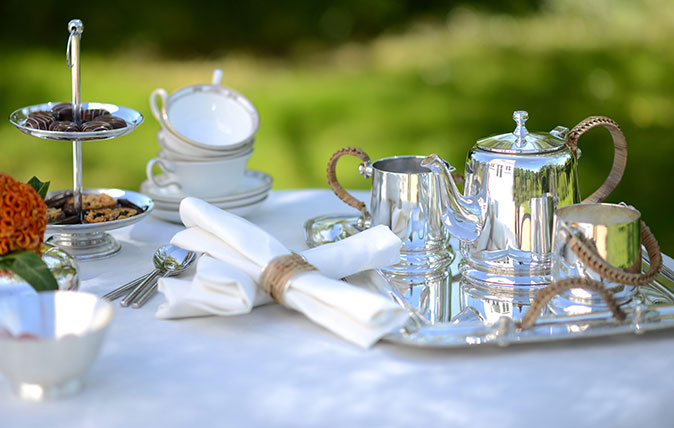
Credit: Alamy
Five steps to the perfect cup of tea – including which biscuits to dunk in it
Whether it’s blazing hot outside or chilly and damp, there’s nothing quite a good cup of tea. So on National
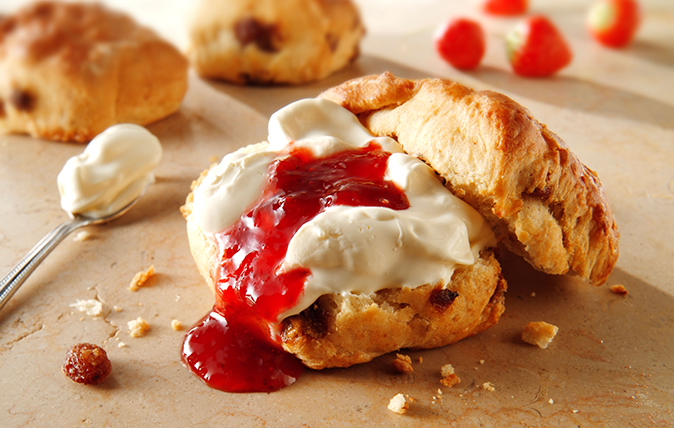
Clotted cream: How it's made, who does it best, and whether to put it on before or after the jam
Rich, unctuous and wickedly good, clotted cream is the pride of the West Country.
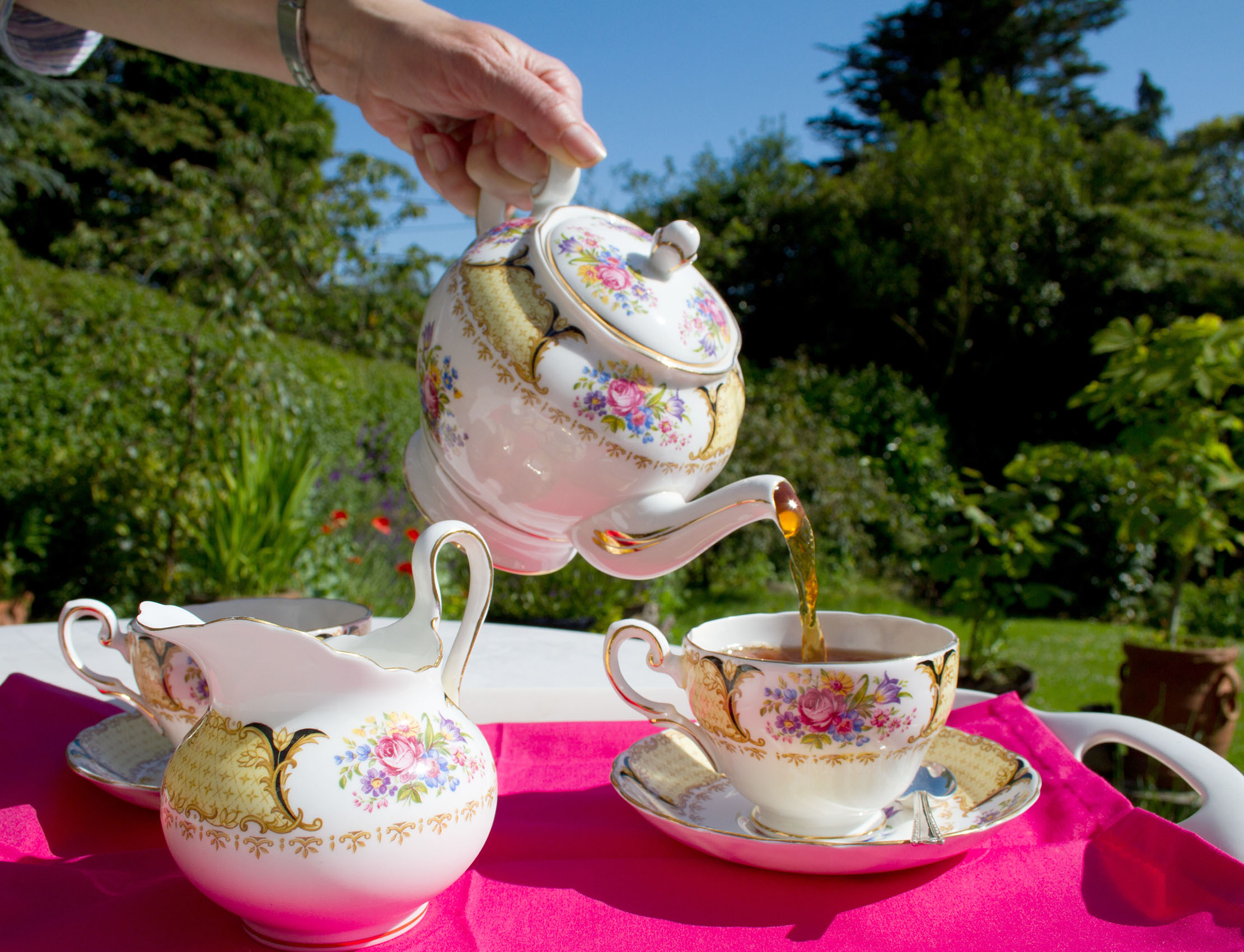
Credit: Getty Images
Curious Questions: Who was Earl Grey — and why are we drinking his tea?
If you've ever stopped to wonder exactly which member of the aristocracy put his name to the floral, perfumed tea,
After graduating in Classics from Trinity College Cambridge and a 38 year career in the financial services sector in the City of London, Martin Fone started blogging and writing on a freelance basis as he slipped into retirement. He has developed a fearless passion for investigating the quirks and oddities of life and discovering the answers to questions most of us never even think to ask. A voracious reader, a keen but distinctly amateur gardener, and a gin enthusiast, Martin lives with his wife in Surrey. He has written five books, the latest of which is More Curious Questions.
